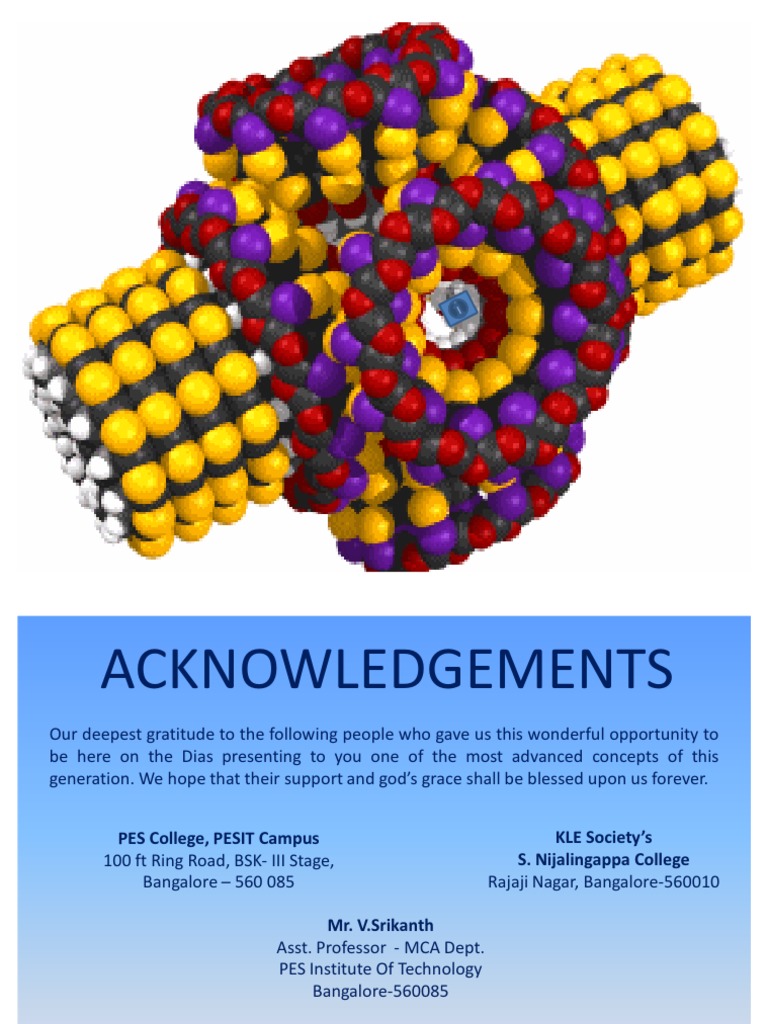Nanotechnology, often heralded as the harbinger of a new industrial revolution, has permeated various sectors, from medicine to energy. It is premised on manipulating matter at the nanoscale—approximately 1 to 100 nanometers, where properties differ significantly from those of bulk materials. A transformative promise has accompanied this field, suggesting profound advancements and solutions to entrenched global challenges. Nonetheless, upon scrutinizing the burgeoning field of nanoscience, it is incumbent to evaluate whether the prospects are genuinely as luminous as once anticipated, or if we are, perhaps, neglecting the complexities and limitations inherent in these diminutive systems.
Initially, it is vital to contextualize the optimism surrounding nanotechnology. The high expectations were crystallized in revolutionary applications, such as targeted drug delivery mechanisms capable of addressing previously intractable diseases, enhanced photovoltaic cells aiming to reformulate energy generation, and materials engineered at the atomic level promising unprecedented strength-to-weight ratios. However, the accumulation of small returns—incremental advancements rather than revolutionary breakthroughs—begs a reexamination of these high hopes. Such developments often fail to meet the grand aspirations set forth by early advocates of nanotechnology.
The dissonance between expectation and reality can be primarily attributed to several multifaceted factors. Firstly, the intricacies of nanoscale interactions present considerable challenges. Unlike macroscopic materials, nanomaterials exhibit unique quantum behaviors that complicate their synthesis and application. For example, outcomes can vary significantly based on the method of fabrication, environmental conditions, and the inherent properties of the constituent materials. Such variables necessitate a meticulous approach in both experimental design and industrial application, invariably resulting in longer timelines and higher costs.
Moreover, the regulatory landscape surrounding nanotechnology remains largely undeveloped. As nanomaterials infiltrate various sectors, regulatory frameworks are struggling to keep pace with scientific advancements. Governments and institutions need to ascertain safety protocols for these minute entities, which often exhibit novel biological interactions that are poorly understood. For instance, the potential toxicity of certain nanoparticles raises concerns about human and environmental health. Addressing these regulatory challenges is paramount; otherwise, the hesitancy among stakeholders illustrates another hindrance to the anticipated technological proliferation of nanotechnology.
Nevertheless, it is imprudent to declare nanoscience a failure prematurely. The field has yielded noteworthy contributions, albeit at a more measured pace than initially envisaged. For instance, the advent of nanocomposites in construction and automotive applications demonstrates improvements in material durability and efficiency. However, these advances are often couched within the realm of incremental enhancements, rather than groundbreaking innovations—signifying a paradigm shift in expectations. In many instances, success hinges on integration with existing technologies rather than an outright replacement.
The landscape of commercial viability for nanotechnology further complicates the narrative of promise versus reality. The foggy transition from laboratory-scale innovations to market deployment frequently poses significant barriers. Such trials often encounter skepticism regarding the cost-benefit analyses of these emerging technologies compared to conventional solutions. In sectors such as electronics, where rapid obsolescence is a reality, the allure of nanoscale advancements may diminish in favor of tried-and-true materials that pose fewer uncertainties. This dichotomy invites scrutiny of whether the investment in nanotechnology yields a proportionate return relative to its complexity and cost.
Moreover, interdisciplinary collaboration is imperative. Nanotechnology thrives at the intersection of physics, chemistry, biology, and engineering; thus, fostering synergies across disparate fields is crucial. However, discipline-centric silos can stifle innovative approaches. A concerted effort to enhance communication and cooperation among scientists, engineers, and industry stakeholders may bridge the gap between research aspirations and practical applications. Addressing this interdisciplinary divide not only elevates the potential of nanotechnology but may also unlock novel solutions to persistent global challenges.
The future state of nanotechnology may ultimately hinge on recalibrating expectations. Rather than viewing the field solely through the lens of transformational breakthroughs, a more nuanced perspective that embraces modest advancements may be more prudent. A shift in collective mindset acknowledges that noteworthy progress often manifests in unexpected forms, paving the way for small yet impactful changes in technology and society.
In conclusion, while the initial enthusiasm surrounding nanotechnology has yielded small returns, it is imperative to recognize that the journey of scientific exploration is often rife with complexity. Future advancements hinge not solely on the dimensions of technological innovation but on a multifaceted understanding of material properties, regulatory frameworks, and interdisciplinary collaboration. By embracing a holistic approach to nanoscience, the scientific community can foster an environment conducive to genuine progress, enhancing its potential to meaningfully address the myriad challenges confronting contemporary society. As insights evolve and understanding deepens, the hope for nanotechnology may yet find its rightful place in shaping a sustainable future.












